After more than two decades of relentless research, scientists have successfully decoded the complete human genome, marking a pivotal moment in biological science. This monumental achievement is the result of a vast, coordinated international effort involving hundreds of researchers across the globe. The final breakthrough came through the work of the Telomere-to-Telomere (T2T) Consortium, who filled the last remaining gaps in our genetic blueprint. This accomplishment not only underscores the power of global scientific collaboration, but also opens new doors for understanding human health and disease.
1. The Ambitious Vision Behind the Human Genome Project

Launched in 1990, the Human Genome Project (HGP) set out with an audacious goal: to map every gene in human DNA and unlock the secrets of our genetic code.
This international collaboration united scientists from major research centers worldwide, guided by visionaries like Francis Collins and Craig Venter.
Their shared mission fostered a spirit of cooperation that transcended borders, laying the groundwork for what would become one of the greatest scientific undertakings in history.
Learn more about the HGP
2. Global Collaboration: A Worldwide Scientific Effort

The sequencing of the human genome was made possible by the collective effort of thousands of scientists from more than 20 countries.
Teams across continents shared expertise, cutting-edge technology, and resources, making this project one of the largest collaborations in scientific history.
This unprecedented unity not only accelerated progress, but also set new standards for international cooperation in research.
See Nature’s coverage of this global effort
3. Sequencing 3.2 Billion DNA Base Pairs

The sheer scope of the Human Genome Project was unprecedented—scientists set out to decode all 3.2 billion DNA base pairs that make up the human genome.
In contrast, earlier genetic projects had only mapped small, isolated segments of DNA, leaving vast regions unexplored.
This comprehensive sequencing effort required revolutionary advances in technology and methodology, allowing researchers to read and assemble the vast genetic blueprint that defines us as a species.
Read more in Science
4. The Draft Genome: A Major Milestone in 2001
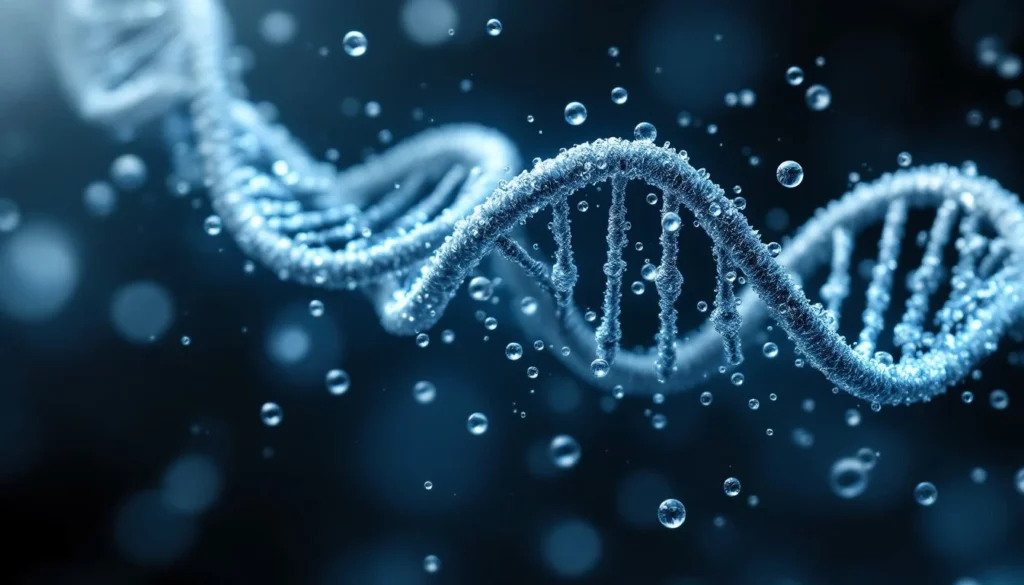
In 2001, researchers unveiled the first draft of the human genome, offering an unprecedented glimpse into the structure of human DNA.
This breakthrough represented a turning point in genetics, as it provided a comprehensive reference for scientists worldwide to study our genetic makeup.
The draft genome laid the foundation for countless discoveries, even as researchers recognized that segments remained incomplete.
Explore the draft genome announcement
5. The Completion in 2003: Marking the End of an Era

By 2003, the Human Genome Project reached its official completion, signaling a historic milestone in genetic research.
Scientists celebrated the successful sequencing of nearly the entire human genome, closing the initial chapter of this ambitious international effort.
This achievement set the stage for a new era of discovery, as researchers now had access to a nearly full genetic blueprint for the first time.
Details on the project’s completion
6. The Remaining 8%: The Unfinished Business
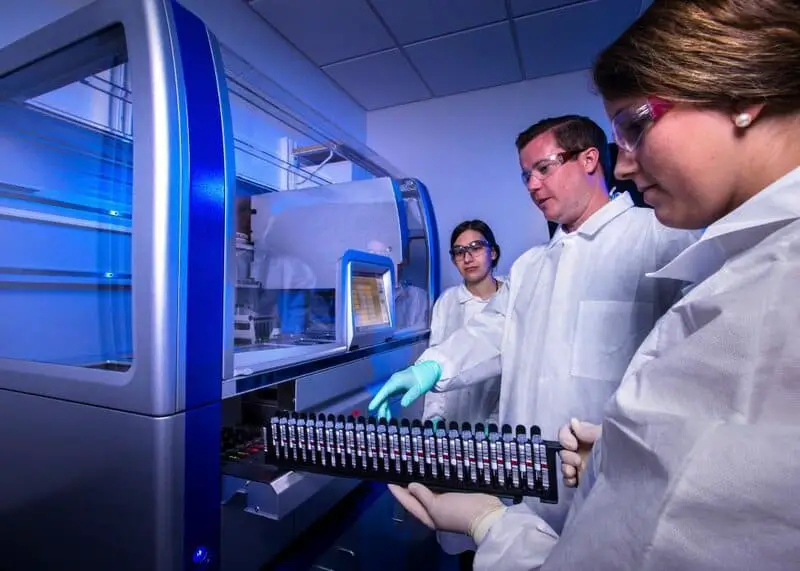
Despite the enormous progress by 2003, about 8% of the human genome remained unsequenced.
These gaps were concentrated in regions with highly repetitive or structurally complex DNA, which proved too challenging for the sequencing technologies available at the time.
Scientists recognized that these unresolved sections could hold key genetic information, but the technical barriers were formidable.
As technology advanced, researchers remained determined to tackle these last, most elusive pieces of our genetic puzzle.
NIH: The unfinished genome
7. The T2T Consortium: Completing the Final Pieces

The Telomere-to-Telomere (T2T) Consortium emerged as the pioneering force that finally conquered the last 8% of the human genome.
In 2022, using advanced sequencing technologies, T2T researchers decoded the most complex and repetitive regions, delivering the first-ever truly complete human DNA sequence.
Their success not only filled the lingering gaps but also provided an unprecedented, gapless view of our genetic code.
Science: T2T Consortium findings
8. New Sequencing Technologies: The Game Changers
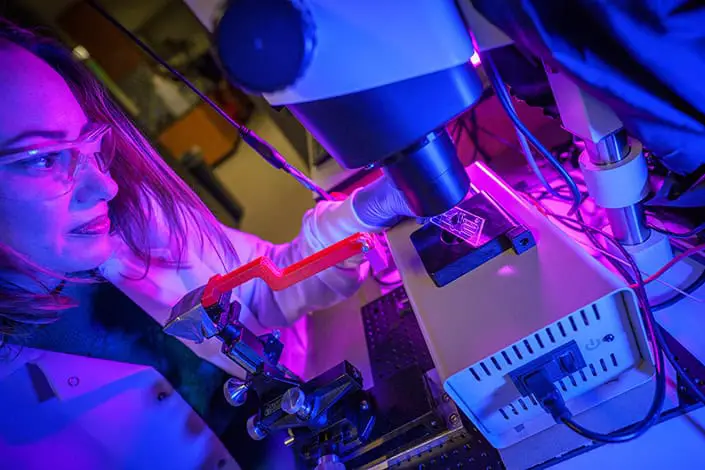
The final push to complete the human genome was made possible by innovative sequencing technologies, particularly long-read sequencing.
Unlike older methods, these new techniques could accurately read through repetitive and complex DNA regions, overcoming obstacles that had long stymied scientists.
With these tools, researchers unraveled the most challenging sequences, opening up new possibilities for genetic discovery and medical research.
Read about long-read sequencing advances
9. Filling the Gaps: Centromeres and Telomeres
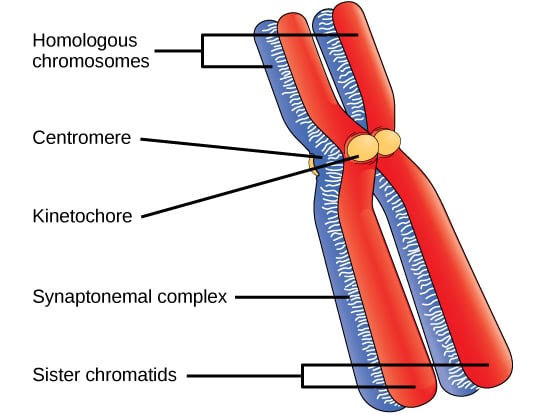
Among the most challenging regions to decode were the centromeres and telomeres—critical structures that ensure chromosome stability and proper cell division.
These highly repetitive sequences had remained a mystery until advanced sequencing technologies emerged.
By successfully mapping these areas, scientists gained vital insights into how chromosomes function and maintain their integrity, paving the way for deeper understanding of genetic diseases and cellular aging.
Nature: The importance of centromeres and telomeres
10. The Impact on Medical Research

With a fully decoded human genome, scientists now have unparalleled access to the genetic instructions behind health and disease.
This comprehensive reference enables researchers to pinpoint mutations responsible for rare disorders, unravel the complexities of inherited diseases, and identify new targets for therapies.
Clinical diagnosis, prevention, and treatment strategies are poised for major advances as the intricacies of our DNA become clearer.
The complete genome is already accelerating breakthroughs in personalized medicine and precision healthcare.
NIH: Medical research implications
11. Personalized Medicine: A New Frontier

The availability of a complete human genome is revolutionizing healthcare through personalized medicine.
Doctors can now use detailed genetic data to tailor treatments, predict disease risk, and select therapies that will be most effective for each individual.
This approach holds the promise of more precise, effective care and fewer adverse reactions, fundamentally transforming how we prevent and treat illness.
More on personalized medicine
12. Ethical and Privacy Considerations

As our understanding of the genome deepens, ethical questions around genetic data become increasingly urgent.
Concerns about privacy, consent, and data security are paramount, especially as more individuals have their DNA sequenced for research or medical care.
Responsible stewardship of this sensitive information is critical to ensure trust and protect individuals from discrimination or misuse.
Ongoing dialogue among scientists, policymakers, and the public is essential as genomics moves to the forefront of healthcare.
Genome.gov: Genomic ethics
13. Comparing Human and Other Species’ Genomes
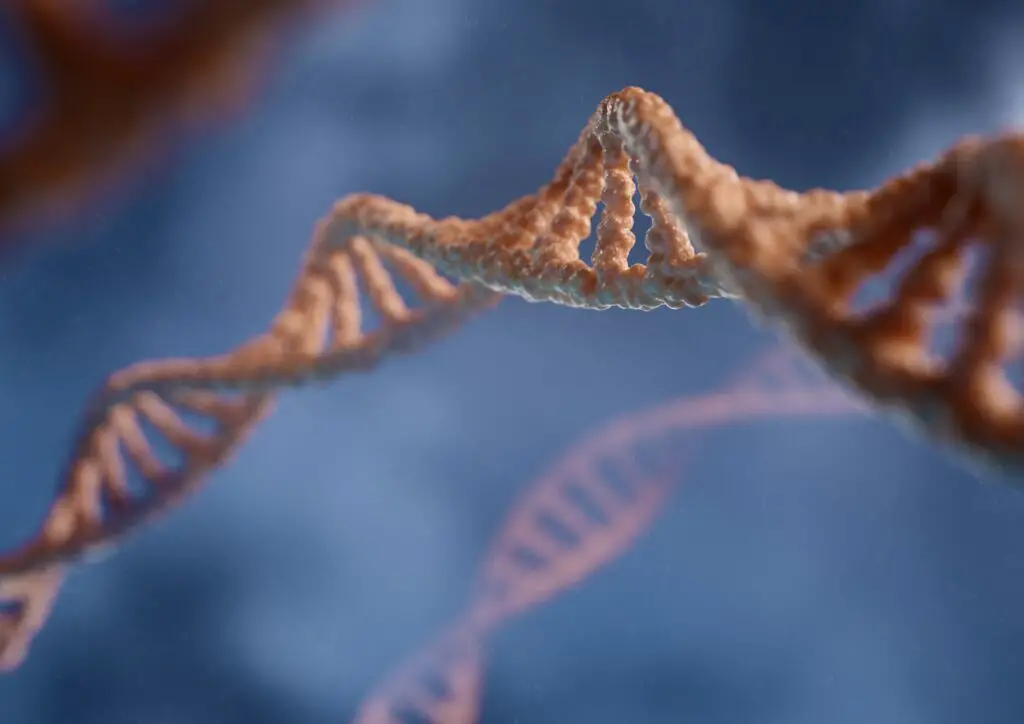
With a fully sequenced human genome, scientists can now conduct more detailed comparisons with the genomes of other species.
These studies illuminate evolutionary relationships and help identify genetic traits we share with animals, plants, and microbes.
By tracing similarities and differences, researchers gain a richer understanding of human biology and the evolutionary history that shaped us.
Nature: Comparative genomics
14. The Role of Bioinformatics

The success of genome sequencing owes much to bioinformatics, which makes sense of the massive data generated by these projects.
Advanced computational tools allow scientists to store, analyze, and interpret billions of genetic base pairs, unveiling patterns and insights hidden within the code.
Without bioinformatics, many of the discoveries sparked by the complete human genome would be impossible.
Nature: Bioinformatics in genomics
15. Public Access to Genomic Data

A defining aspect of the Human Genome Project was its commitment to open science.
All genomic data was made freely available to researchers worldwide, fueling rapid advances in biology and medicine.
This unprecedented move set a new standard for transparency and collaboration, enabling discoveries that would not have been possible in a closed environment.
Genome.gov: Open genomic data
16. Breakthroughs in Rare Disease Research
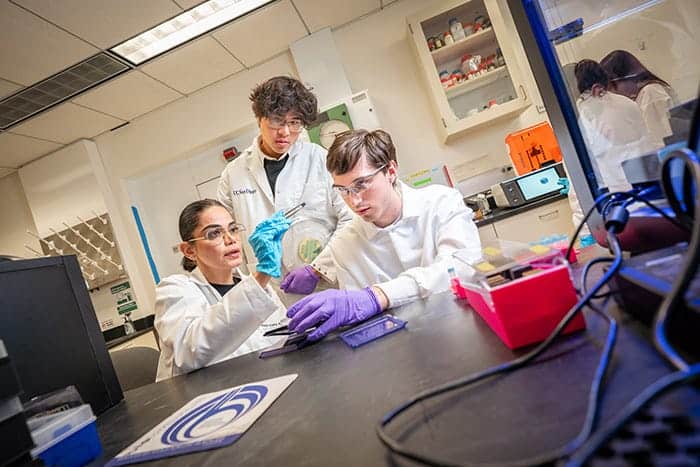
The availability of the complete human genome is especially transformative for rare disease research.
Scientists can now pinpoint elusive genetic mutations responsible for these conditions, which often affect small patient populations and were previously difficult to diagnose.
This progress enables faster, more accurate diagnoses and opens the door for targeted therapies and personalized treatment options.
For countless families, these advances provide new hope and a clearer path toward understanding and managing rare genetic disorders.
Rare Disease Statistics
17. Advances in Cancer Genomics

With access to the entire human genome, researchers have made remarkable strides in understanding how cancers arise and evolve.
Comprehensive genomic data reveals the mutations and genetic changes that drive different types of cancer, enabling scientists to develop targeted therapies and personalized treatments.
This progress forms the foundation of precision oncology, where treatments can be tailored to the unique genetic profile of a patient’s tumor, dramatically improving care and outcomes.
Cancer Genomics at NCI
18. Evolutionary Insights from a Complete Genome
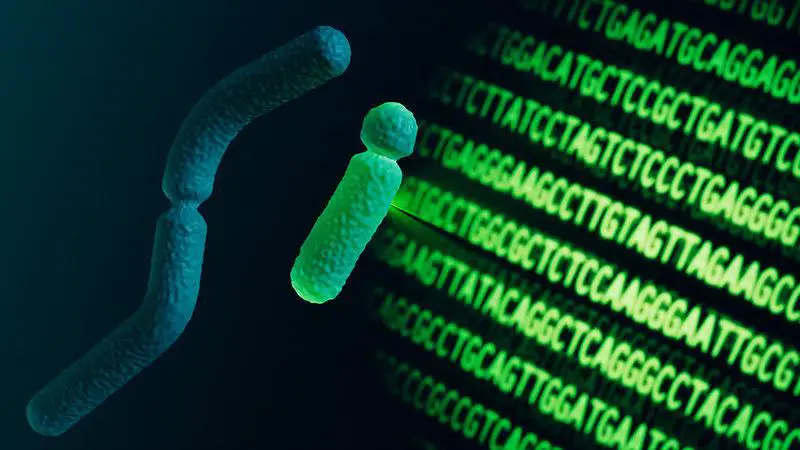
Having a fully sequenced human genome allows scientists to explore the story of our species in unprecedented detail.
Researchers can now trace ancient migration patterns, study the origins of genetic diversity, and gain a deeper understanding of how humans evolved across different continents.
This wealth of data enriches our knowledge of both individual ancestry and the broader history of humankind.
Nature: Human genetic diversity
19. Future Directions in Genomic Science
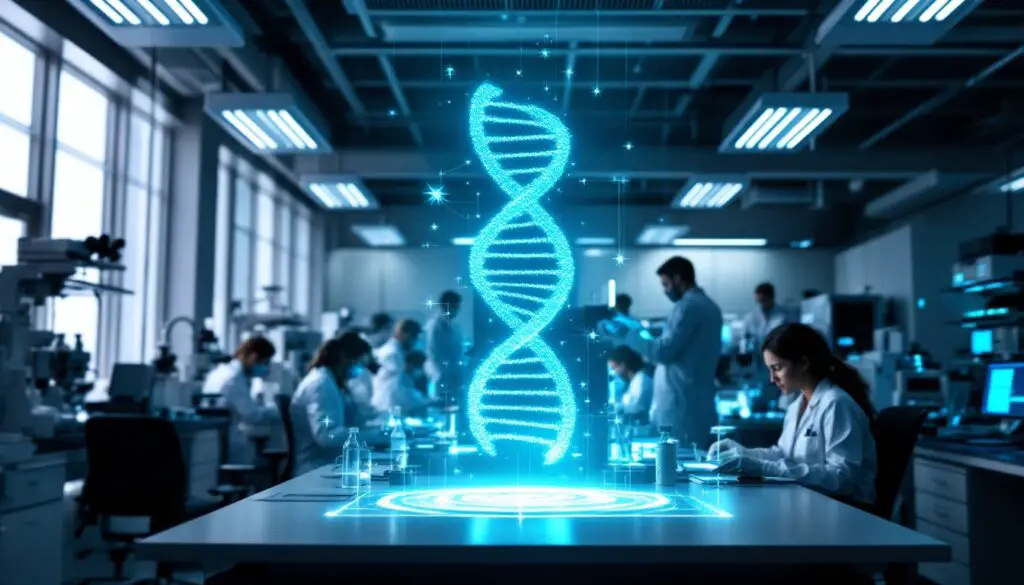
The achievement of a complete human genome is just the beginning for modern biology.
This foundational knowledge will drive breakthroughs in synthetic biology, gene editing, and regenerative medicine.
Scientists envision new therapies, advanced diagnostics, and even the creation of novel organisms tailored for medicine or industry.
As technology evolves, the potential for innovation in genomic science appears virtually limitless.
Nature Reviews Genetics: The future of genomics
20. Inspiring the Next Generation of Scientists

The decoding of the human genome stands as a beacon for aspiring scientists and innovators.
This achievement is already sparking interest in genomics, biotechnology, and interdisciplinary research among students worldwide.
Educational initiatives are leveraging the excitement and possibilities of this milestone, encouraging a new generation to tackle the next big questions in science and medicine.
Scientific American: Teaching genomics
21. Celebrating the Legacy of the Human Genome Project

The Human Genome Project and the T2T Consortium represent a triumph of international collaboration and scientific vision.
Over two decades, these teams pushed the boundaries of what was thought possible, laying the groundwork for transformative discoveries in medicine, biology, and beyond.
Their legacy is seen not just in the data they produced, but also in the spirit of global teamwork and innovation that continues to inspire researchers everywhere.
NIH: HGP’s enduring legacy
Conclusion

The decoding of the complete human genome stands as one of humanity’s greatest scientific achievements.
This accomplishment has revolutionized medicine, deepened our understanding of evolution, and spurred global innovation.
Its legacy reaches far beyond the laboratory, promising better health, new technologies, and ethical challenges that demand thoughtful engagement.
As we move forward, let us embrace this knowledge responsibly, ensuring its benefits are shared widely and its promise for a healthier, more enlightened future is realized.

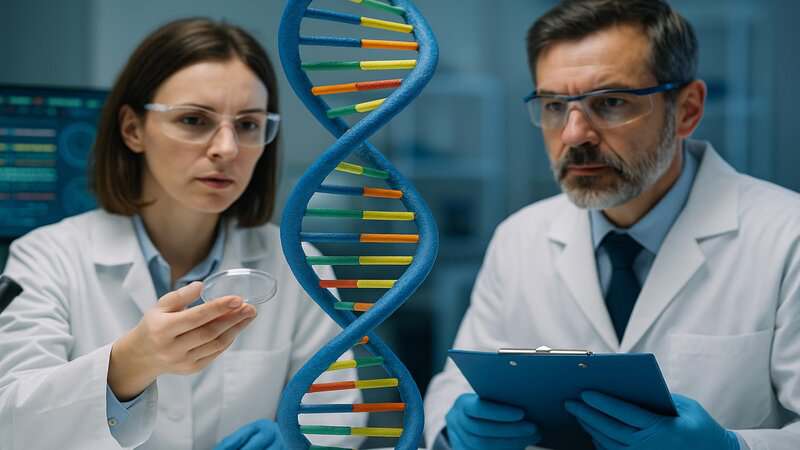

Vielleicht interessiert es Sie:
Wussten Sie! Minensuchratten auf dem Schlachtfeld und sie sind super effektiv!
Wie viele Giraffenarten gibt es? Leben sie alle in Afrika?
Der Vogel ist das Weibchen der Vögel: wahr oder falsch?
Warum bauen Biber Dämme? Welchen Nutzen?
Warum leben manche Tiere nachtaktiv? Welche Vorteile?
Küssen Tiere? Ist das die gleiche Bedeutung wie Menschen?
200+ Hilarious Seahorse Jokes That Will Make You Smile and Giggle
200+ Funny Investment Jokes to Boost Your Financial Humor Game